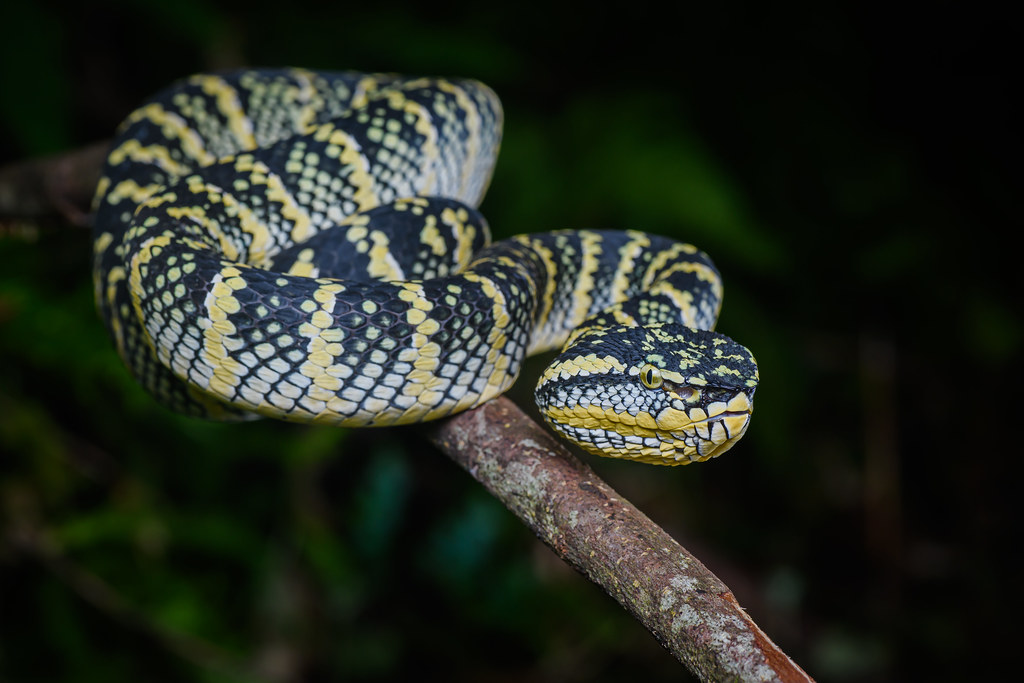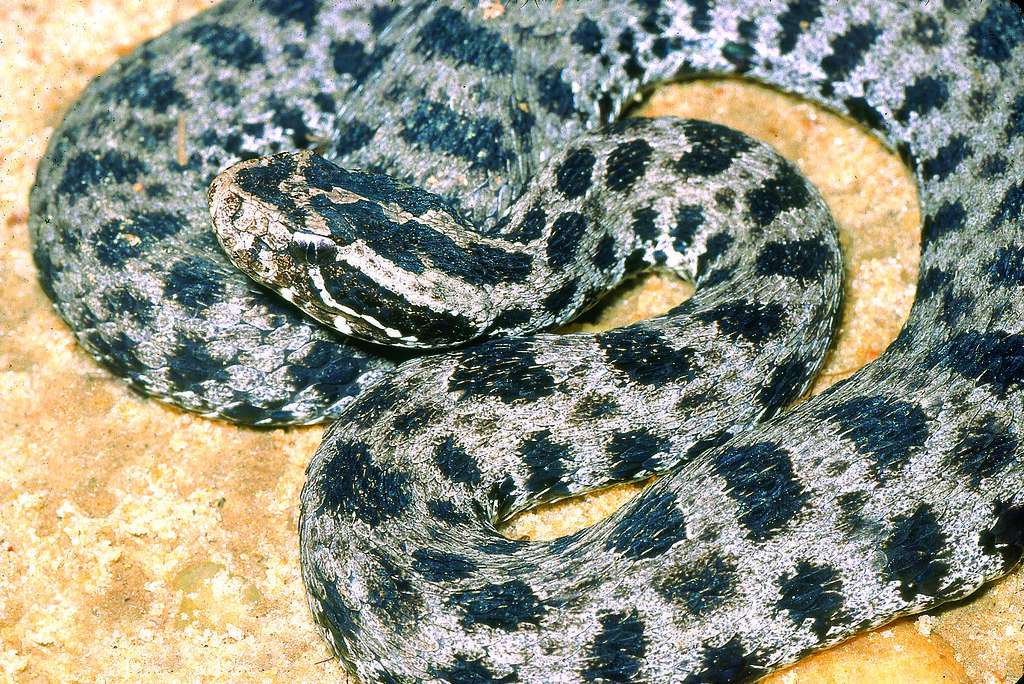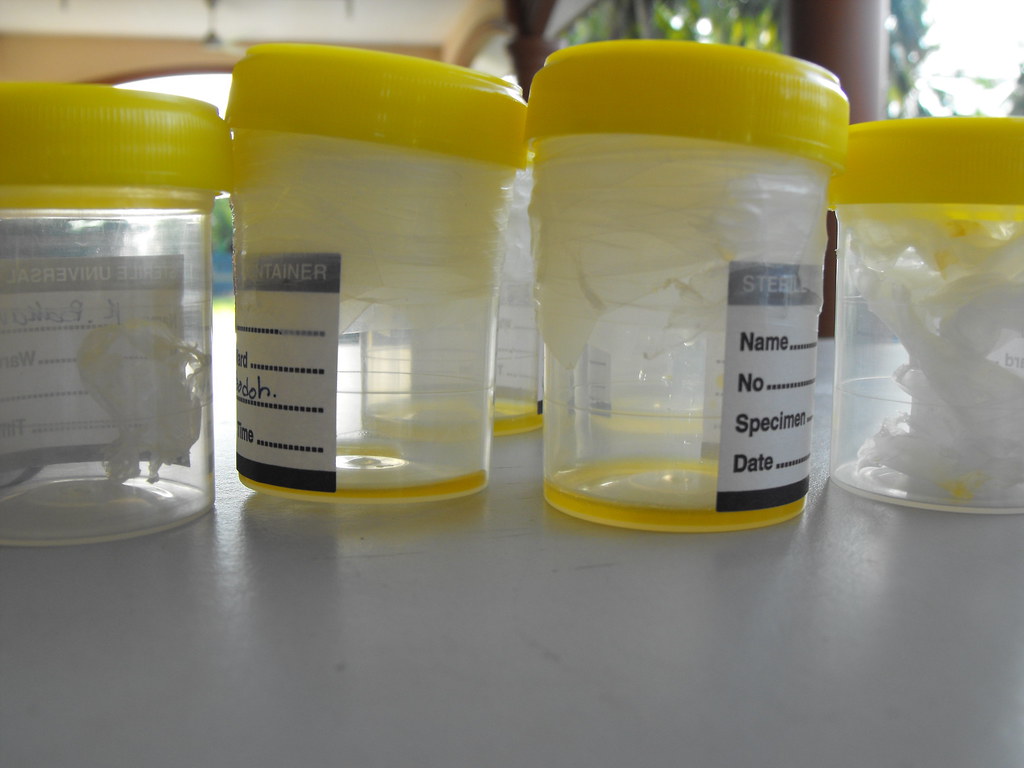Snake venom represents one of nature’s most sophisticated biochemical weapons, a complex cocktail of proteins and enzymes that has evolved over millions of years. Far from being a simple toxin, snake venom contains hundreds of different components that work together to immobilize, kill, and digest prey. This remarkable complexity serves multiple purposes in the snake’s survival strategy, from hunting to defense. Scientists studying these venoms have uncovered an astonishing array of molecules with potential applications in medicine, making them valuable resources in drug discovery. The chemical intricacy of snake venom varies significantly across species, reflecting the diverse ecological niches and prey preferences of the world’s 600+ venomous snake species.
The Evolutionary Marvel of Venom Complexity

Snake venom represents one of evolution’s most sophisticated adaptations, developing over approximately 170 million years as snakes evolved from lizard ancestors. This toxic cocktail didn’t appear suddenly but resulted from a gradual process where ordinary salivary glands specialized into venom-producing organs. The complexity we observe today stems from gene duplication events and subsequent mutations that allowed normal body proteins to develop toxic functions when secreted in venom. Research suggests that venom components have been independently recruited from over 20 different gene families, which explains the remarkable diversity in venom composition across different snake species. Each evolutionary lineage has refined its venom profile to address specific ecological challenges and prey types, demonstrating a perfect example of natural selection at work.
The Building Blocks: Proteins and Peptides

At its core, snake venom consists primarily of proteins and peptides, which make up about 90-95% of the dry weight of most venoms. These aren’t simple proteins but highly specialized molecules that have evolved specific toxic functions. A single venom sample may contain hundreds of different proteins belonging to various families, including phospholipases, metalloproteinases, serine proteases, and three-finger toxins. The molecular weights of these components typically range from small peptides (2-9 kDa) to large enzymes (120+ kDa), creating a complex spectrum of molecules with diverse targets in prey animals. Remarkably, many of these proteins are modified after translation with carbohydrates, lipids, or other chemical groups that enhance their stability and toxicity, further increasing the chemical complexity of the venom mixture.
Enzymes: The Destructive Workhorses

Enzymes form a substantial portion of many snake venoms, serving as molecular wrecking balls that systematically dismantle the physiological defenses of prey. These catalytic proteins accelerate specific biochemical reactions in the victim’s body, causing tissue destruction, blood clotting disruption, or nerve damage. Phospholipase A2 enzymes, commonly found in many venoms, attack cell membranes by cleaving phospholipids, essentially dissolving cellular structures throughout the victim’s body. Metalloproteinases, another major enzyme group, degrade extracellular matrix proteins and cause hemorrhaging by damaging blood vessel walls, leading to catastrophic blood loss. Hyaluronidase, often called the “spreading factor,” breaks down connective tissue barriers, allowing other venom components to penetrate deeper into the victim’s tissues, effectively acting as a biological battering ram that enables the venom to spread rapidly throughout the body.
Neurotoxins: Precision Attackers

Neurotoxins represent some of the most precisely targeted components in snake venom, designed to interrupt nerve signal transmission with remarkable specificity. These specialized proteins bind to various ion channels, receptors, and transporters in the nervous system, preventing neurons from communicating properly with each other or with muscles. Alpha-neurotoxins, found prominently in cobra and sea snake venoms, bind with exceptional affinity to acetylcholine receptors at neuromuscular junctions, preventing muscles from receiving signals to contract and leading to paralysis. Beta-neurotoxins, common in kraits and some rattlesnakes, work presynaptically by preventing the release of acetylcholine from nerve terminals, achieving similar paralytic effects through a different mechanism. The precision of these toxins is so remarkable that they can differentiate between subtypes of the same receptor, sometimes targeting specific receptor configurations found in particular prey species but not others.
Hemotoxins: Blood System Disruptors

Hemotoxic venom components specialize in attacking the circulatory system, creating a cascade of effects that can rapidly immobilize prey through cardiovascular collapse. These toxins can be broadly categorized into those that promote abnormal clotting (procoagulants) and those that prevent normal clotting (anticoagulants), with some venoms containing both types to create a particularly devastating effect. Procoagulant toxins force the rapid formation of blood clots throughout the circulatory system, depleting clotting factors and subsequently causing uncontrollable bleeding in a phenomenon known as consumptive coagulopathy. Fibrinogenases directly attack fibrinogen, a critical protein in the blood clotting process, while other components target platelets, preventing them from aggregating normally. The cardiovascular effects of hemotoxins extend beyond clotting disruption to include damage to blood vessel walls, increased vascular permeability, and profound changes in blood pressure, creating a multifaceted attack on the prey’s circulatory system.
Cytotoxins: The Tissue Destroyers

Cytotoxic components in snake venom target cellular integrity, causing widespread tissue destruction that contributes to both prey immobilization and digestion. These toxins disrupt cell membranes by creating pores or by enzymatically degrading membrane components, leading to cell lysis and tissue necrosis. Cardiotoxins, particularly abundant in cobra venoms, insert themselves into cell membranes and form channels that disrupt cellular ion balance, causing cell death in heart, liver, kidney, and other tissues. Myotoxins specifically target muscle cells, causing rapid breakdown of skeletal muscle tissue that can lead to the release of myoglobin into the bloodstream, potentially causing kidney damage as a secondary effect. The tissue destruction caused by cytotoxins serves a dual purpose: immobilizing prey through pain and damage while simultaneously beginning the digestive process before the prey is even consumed, essentially providing external digestion that complements the snake’s internal digestive system.
Species-Specific Venom Profiles

The composition of snake venom varies dramatically across species, with each snake lineage evolving its own signature venom profile tailored to its ecological niche and prey preferences. Elapids like cobras, mambas, and sea snakes typically produce venoms rich in neurotoxins that rapidly immobilize prey through paralysis, reflecting their tendency to hunt agile prey that might otherwise escape. Vipers and pit vipers, conversely, often possess venoms dominated by hemotoxic and tissue-destructive enzymes that immobilize prey through shock, pain, and cardiovascular collapse, complementing their ambush hunting strategy. Even closely related species can show significant variation in venom composition, a phenomenon called venom fingerprinting that allows researchers to identify species based solely on venom analysis. Geographic variation within species adds another layer of complexity, with populations of the same snake species in different regions exhibiting distinct venom compositions based on local prey availability and other ecological factors.
Venom Ontogeny: Changes Throughout Life

The chemical composition of snake venom isn’t static throughout an individual’s life but changes dramatically as snakes mature, a phenomenon known as ontogenetic shift. Juvenile snakes often possess venoms with different toxin profiles than adults of the same species, typically reflecting differences in prey size and type between life stages. Young rattlesnakes, for example, frequently have venoms rich in neurotoxins that effectively immobilize small prey like lizards, while adults shift toward hemotoxic venoms better suited for larger mammalian prey. These shifts can involve not just changes in the proportion of various toxins but also the expression of entirely different toxin families at different life stages. The mechanisms controlling these ontogenetic shifts involve complex gene regulation systems that selectively activate and deactivate different toxin genes as the snake matures, essentially reprogramming the venom gland to produce a developmentally appropriate toxin cocktail.
The Venom Production System

The biochemical complexity of snake venom is matched by the sophistication of the anatomical systems that produce it, involving specialized glands with distinct cellular organization. Venom glands derive evolutionarily from modified salivary glands but have developed highly specialized secretory cells that manufacture and store large quantities of toxic proteins. The main venom gland connects to the fangs via a duct system that, in some species, includes accessory glands that add additional components to the venom just before injection. The process of venom production requires substantial energy investment, with the cellular machinery of the venom gland dominated by rough endoplasmic reticulum and Golgi apparatus necessary for the synthesis and modification of complex proteins. After a snake expends its venom in a bite, the gland requires days to weeks to fully replenish its supply, with the exact timing depending on the species and the individual’s nutritional status.
Venom Delivery Systems

The chemical complexity of snake venom is complemented by equally sophisticated delivery mechanisms that ensure effective transmission of these toxins into prey. Advanced venomous snakes possess hollow or grooved fangs connected to muscular venom glands, allowing precise injection of venom deep into tissue. Front-fanged snakes like vipers have developed particularly specialized systems, with some species possessing fangs that fold back against the roof of the mouth when not in use and rotate forward for striking. The venom injection process itself is not passive but actively controlled by specialized muscles that compress the venom gland, controlling both the amount of venom delivered and the pressure of injection. Some advanced vipers can even control venom expenditure through a phenomenon called venom metering, whereby they adjust the amount of venom injected based on prey size or perceived threat level, conserving this metabolically expensive resource when full doses aren’t necessary.
Resistance and Immunity Phenomena

The evolutionary arms race between venomous snakes and their prey has led to fascinating instances of venom resistance, adding another layer to the complexity of venom biochemistry. Certain prey species have evolved specific adaptations that neutralize snake venom components, such as opossums and mongoose species that possess specialized blood proteins that bind and neutralize snake venom toxins. Remarkably, some snakes have developed resistance to their own venom or the venom of other snake species through mutations in target proteins that prevent toxin binding. The king cobra, for instance, possesses modified acetylcholine receptors that prevent its own neurotoxins from binding, essentially immunizing itself against its own venom. These resistance mechanisms have driven further evolution in snake venoms, with some species developing novel toxin variants specifically to overcome prey resistance, creating an ongoing chemical escalation in the predator-prey relationship.
Medical Applications: From Deadly Toxins to Life-Saving Drugs

The incredible molecular diversity of snake venoms has made them valuable resources in pharmaceutical research, with several important medications derived directly from venom components. ACE inhibitors used to treat hypertension were developed based on peptides discovered in the venom of the Brazilian pit viper Bothrops jararaca, which revealed important mechanisms in blood pressure regulation. Anticoagulant drugs like tirofiban and eptifibatide, used to prevent blood clots in heart attack patients, were designed based on disintegrins found in viper venoms that prevent platelet aggregation. Pain medications represent another frontier, with certain venom peptides showing potential as non-addictive analgesics by targeting specific pain pathways more precisely than opioids. Beyond these established applications, researchers are investigating venom components as potential treatments for cancer, diabetes, and neurological disorders, with high-throughput screening technologies allowing scientists to rapidly evaluate thousands of venom compounds for biological activity.
Proteomics and Venomics: Decoding Venom’s Complexity

Modern scientific techniques have revolutionized our understanding of snake venom complexity, allowing researchers to catalog and characterize the full spectrum of venom components. The field of venomics combines advanced proteomics approaches like mass spectrometry with genomic and transcriptomic analyses to create comprehensive profiles of venom composition. These techniques have revealed that a single snake species may produce venoms containing hundreds to thousands of distinct protein variants, far exceeding previous estimates based on older analytical methods. Researchers can now identify not just the protein families present in venom but also track post-translational modifications, alternative splicing variants, and even geographic variations within species. The integration of functional assays with structural analysis has further enhanced our understanding of how specific venom components interact with biological targets, providing insights that can guide both antivenom development and drug discovery efforts.
The Future of Venom Research

The study of snake venom complexity stands at an exciting frontier, with emerging technologies promising to deepen our understanding of these remarkable biochemical systems. Advances in single-cell sequencing techniques now allow researchers to examine gene expression patterns in individual venom gland cells, revealing previously unrecognized heterogeneity in toxin production. CRISPR gene editing technology offers the potential to investigate the functional roles of specific venom components by selectively modifying or deleting toxin genes, creating model systems for studying venom evolution and function. Computational approaches like machine learning are increasingly being applied to predict toxin functions and interactions based on structural patterns, potentially accelerating the discovery of medically useful venom components. As climate change and habitat destruction threaten snake populations worldwide, venom research takes on added urgency, with each extinct species potentially taking with it unique venom compounds that might have held the key to future medical breakthroughs.
Conclusion

The chemical complexity of snake venom represents one of nature’s most sophisticated biochemical innovations. This intricate mixture of proteins, peptides, and enzymes showcases the power of evolution to create highly specialized molecular tools. From neurotoxins that precisely target nerve transmission to hemotoxins that systematically dismantle the circulatory system, the diversity of venom components reflects millions of years of adaptation to specific ecological niches. Beyond their natural role in predation, these complex venoms have become invaluable resources for medical research, yielding treatments for conditions ranging from hypertension to chronic pain. As scientific techniques continue to advance, our understanding of venom complexity deepens, promising new discoveries that may transform these deadly toxins into life-saving medications. The study of snake venom reminds us that even nature’s most dangerous creations can harbor remarkable benefits when properly understood.
















Leave a Reply